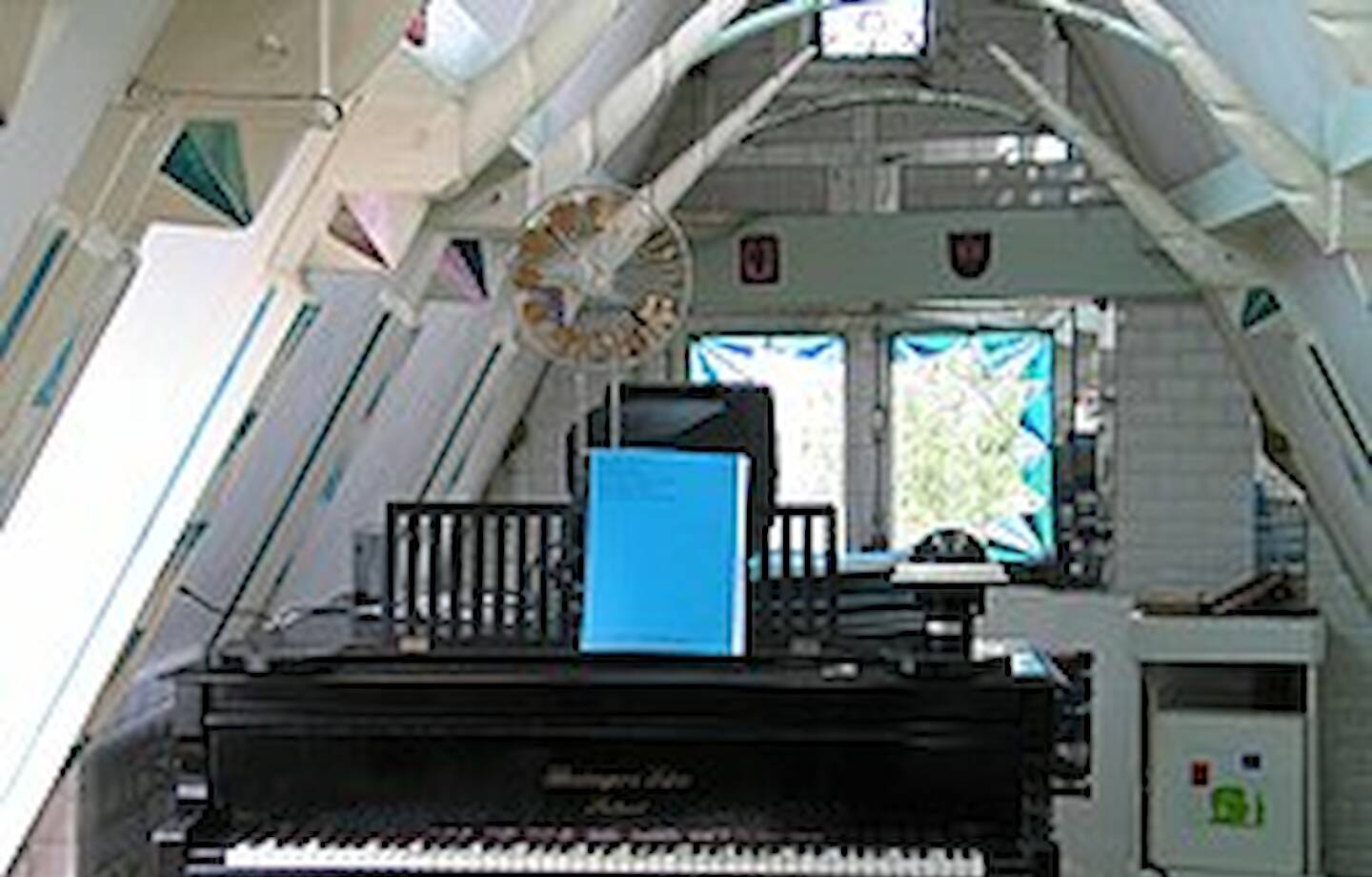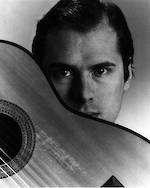Glance to the Side, Peter Schat and Robert Pollock
Image: Peter Schat's studio
Tomorrow
Charlie Neidich does this piece in a version for clarinet & piano.
I think the clarinet version is called “Punctum Saliens”.
Composers Concordance presents Charles Neidich, May 25, 2024
There is only this midi version for now -->
I'm going to review my experiences leading to a my present awareness of this architectural spine, but seeing that spine does not reveal the mysteries of how it works in an actual passage. That's a bit of a mystery, but I think it's the mystery of a simple, effective middle ground, well elaborated.
0279s transposed through the 3 cycle
My gloss on Schat's Tone Clock -- the 12 trichords, with attention to the intereval of transposition that neatly fills out the aggregate.
012 transposed by minor thirds -- Schat calls the minor third the driving interval
048 transposed by fourthsetc.
I was immersed in Schat architecture as digested by Robert Pollock in the late 90s and early 00s through some pieces Robert Pollock wrote for me.
Glance to the Side has this spine --
0279s transposed through the 4 (major third) cycle. I did not know it when I wrote it, but that simple approach is the essence of Pater Schat's Tone Clock.
And I heard Milton Babbitt sneer at it, "oh, the twelve trichords." His arrrays are more rich, but more cumbersome. One of my take aways from thinking about this piece today is that simplicity is a plus. When I wrote Glance to the Side, I had in mind the quesiton of how to create a simple middle ground.
People need something simple and clean and I think Pollock, Schat & I found that.
Remembering Peter Schat
Peter Schat occupied the Concertgebouw (1970s?) in a successful attempt to get the government to throw more money at composers. That does not happen in the US. Our composers do it for the glory, not the money.
I met Schat in Ship Bottom at Robert Pollock's Composers Guild of New Jersey headquarters. That must have been the year before Robert moved to Maui.
In Mexico at Emil Awad’s festival in Xalapa, Robert played a piano piece by Peter Schat. I found it a truly extraordinary little piece. And so I credit Robert Pollock for demonstrating that Schat was quite a worthy composer, almost as good as Robert. I'd like to hear more Schat.
Schat had a very good run; he had some great moments—Richard DuFallo produced Schat’s opera, Houdini, at Aspen. Joan was there that summer in the late 70s or early 80s.
Another great moment was sitting at the top of Haleakala, at the top of the world, on the rim of the crater. He was on Maui as a guest of Ebb & Flow arts, invited by Robert Pollock. There's a photo of him on Haleakala on his basalt throne. I want that photo.....
In three works written for me, Robert made some Schat principles thoroughly his own.
Metaphor for guitar solo is the Tone Clock principle in a minimalist presentation. The spine, with no elaboration is as scary as a Gaudi bone (more a femur than a spine) in Casa Batlló, which Harold Meltzer undersands so well, and translates into music.

Does this plain, clear presentation of this spine feel brutalist? I do not not feel that. But when I know what it is I think of Gaudi's Casa Batllo and Harold Meltzer. Music, like architecture has beams and our bodies have beams; our bodies' beams are bones.....
Metaphor is elegant and the spine is exposed, naked primarily in the opening theme. Elaboration creates a whole world of fleshly activity within that gravitational field and we forget the spine.
Same with Gaudi. The spaces are liveable and we forget the skeletons. It's like living in the constant presence of mementi mori.
At 1:25 there is an utterance that can stand alone, and I find it very deep and it contains a signature of the proceedings — a beautiful, elegant signature of what the piece is.
Entertwined put the tone clockworks further in the background.
Romance-Fantasy for guitar and piano pushes the clockworks further back still. This was a piece with syncopations so pie-in-the-sky, I thought it would be impossible to play, but my duo partner Joan Forsyth instigated several years of performances that proved the piece can be played.
There is another Pollock piece that's not been recorded -- Metaphor for guitar, piano, percussion from 1988. That was the first work to have a of Schat spine, and I don't know if Pollock was already studying Schat in 1988. He only wrote this way for guitar, because of the guitar's tuning. Glance to the Side must have been set in motion by that trio.
Glance to the Side is from my youth. It is the first or second thing I wrote other than a few pre-opus guitar solos that survived burning. South Central Pennsylvania is mostly football. There were no resources for composers, so I practiced guitar for 4 hours a day from 1975 thorugh 1982. That was my 10,000 hours. That's why I can play Pollock's demanding works.

